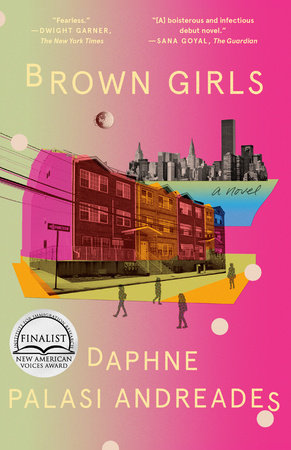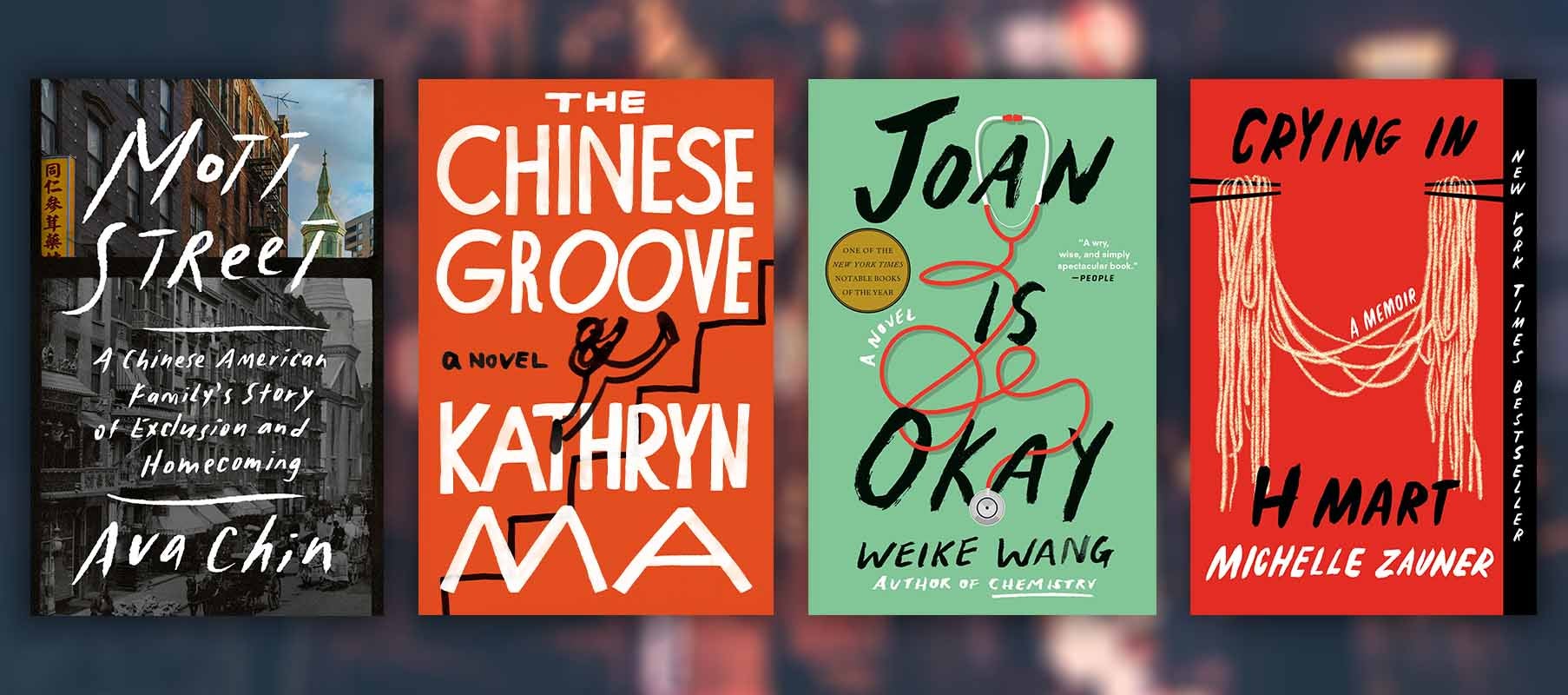Brown GirlsWe live in the dregs of Queens, New York, where airplanes fly so low that we are certain they will crush us. On our block, a lonely tree grows. Its branches tangle in power lines. Its roots upend sidewalks where we ride our bikes before they are stolen. Roots that render the concrete slabs uneven, like a row of crooked teeth. In front yards, not to be confused with actual lawns, grandmothers string laundry lines, hang bedsheets, our brothers’ shorts, and our sneakers scrubbed to look brand-new. Take those down! our mothers hiss. This isn’t back home. In front yards grow tomatoes that have fought their way through the hard earth.
Our grandmothers refuse canes. Our brothers dress in wifebeaters. We all sit on stoops made of brick. The Italian boys with their shaved heads zoom by on bikes, staring, their laughter harsh as their shiny gold chains. Our grandparents weed their gardens and our brothers smoke their cigarettes and, in time, stronger substances we cannot recognize. Whose scent makes our heads pulse. Our brothers, who ride on bikes, lifting their front wheels high into the air.
“Brown”If you really want to know, we are the color of 7-Eleven root beer. The color of sand at Rockaway Beach when it blisters the bottoms of our feet. Color of soil. Color of the charcoal pencils our sisters use to rim their eyes. Color of grilled hamburger patties. Color of our mother’s darkest thread, which she loops through the needle. Color of peanut butter. Of the odd gene that makes us fair and white as snow, like whatsername, is it Snow White? But don’t get it twisted—we’re still brown. Dark as 7 p.m. dusk, when our mothers switch on lights in empty rooms. Exclaim, Oh! There you are.
The Dregs of Queens
The sights in our hometown: Central road nicknamed the “Boulevard of Death” by the New York Post, which snakes through our neighborhood like a long gray tongue. Mimi’s Salon with an ad that reads, Mani n Pedi, $15.99! W/ neck massage FREE. Down the boulevard, across the street from the auto repair shop: a branch of the New York Public Library. Book pages smeared with fingerprints, a booger, the remnant of a sneeze. In the corner, a homeless man fortressed by plastic bags snoozes peacefully. We know he’s different from the guy who raps his knuckles on car windows and asks, Little girl, got any change? before our parents zoom away. Welcome to the dregs of Queens: White Castle sign that comes into view when our subway pulls into the station, tracks rumbling above a Honda minivan, a halal food cart called RAFI SMILES with the scent of bubbling oil and smoke that wafts past a forgotten discount electronics store now selling mattresses. Train slogs above a man chomping a Boston cream donut, whose custard filling explodes onto the tips of his fingers. He licks them, waits for the Q11 to arrive. Ray’s Not Your Mama’s Pizzeria with spongy Sicilian slices whose Cheetos-colored oil trickles down our chins when we take a bite. Soap ’n Suds Laundromat filled with steel machines pounding round and round. A Chinese-Mexican takeout joint beside O’Malley’s, whose carpet of plastic green grass out front is littered with cigarette butts. Our own houses: neat brick rectangles. Hidden, peripheral. Sometimes the sun shines here.
Duties
But we brown girls are ten and already know how to be good. How to cross the Boulevard of Death, hand in hand with younger siblings to reach public school courtyards, how to trick and bribe and coax them to finish their homework (In 1492, they recite, Columbus sailed the ocean blue). How to mouth SHHH! when our fathers have fallen asleep on couches after long shifts, and how to vacuum homes, carpets dotted with hair and cookie crumbs. We know how to muscle these bagpipes up and down dim staircases, even though they are heavier than us. We know never to talk back. We know how to cram into our parents’ beds when loved ones from distant lands and warm climates immigrate to the States with their suitcases and dreams and empty wallets. Stay for months, years.
One aunt gives us manicures every Sunday. Another squirts poop-colored henna onto our palms, sketches lotus flowers. One cousin lets us listen to her collection of country CDs—Dolly, Shania, the Dixie Chicks—her most prized possessions.
Wide open spaces! we sing along. Another cousin lends us her romance novel, the lone paperback that sits atop her dresser, after we beg her. We’d glimpsed its cover of a woman clinging to a man’s bare, muscled chest. The image excites us.We re-create it by standing in front of fans to mimic that hair-blowing-in-the-wind effect. We top it off with our best lovesick expressions. Until we grow bored of pretending to be these women. We sprinkle salt onto slugs instead.
Our parents take us aside one night. If anyone asks, we’re the only ones who live here, okay?
Though we don’t fully understand, we know how to keep our families’ secrets.
When our cousins and aunts and uncles leave for new jobs in new cities—they are nannies and construction workers, cooks and caretakers—we feel a sinking sorrow. It doesn’t matter if we don’t share a drop of blood with these people; we have been taught to call them family. When they depart, we do not cry. We do not cling on. We are good girls. Instead, we prepare for going-away parties, which last all through the night and end with us falling asleep on couches, waking the next day in beds we share with our younger siblings. We wake to the scent of garlic and bonfire smoke still lingering in our hair, traces of cake and drool crusted on our cheeks. No matter.
Before these parties begin, however, we must get ready. We have exactly seven minutes in bathrooms. We remember to wash our hair with cold water—Hurry up, I need to go!—so that it grows thick and shiny.
Copyright © 2022 by Daphne Palasi Andreades. All rights reserved. No part of this excerpt may be reproduced or reprinted without permission in writing from the publisher.









